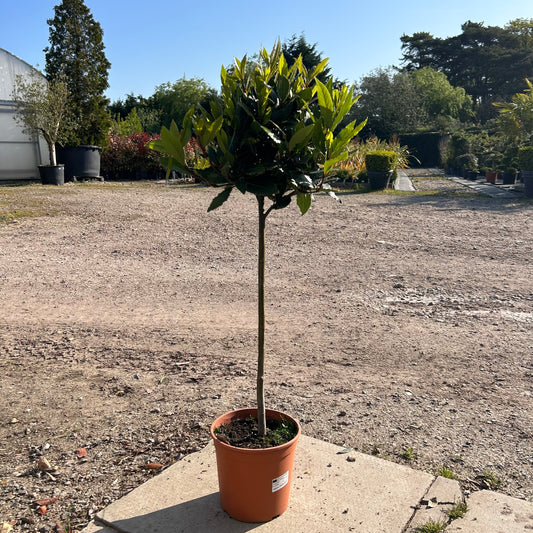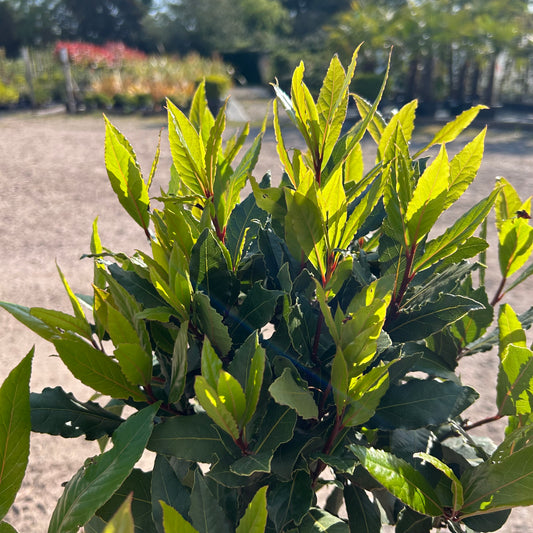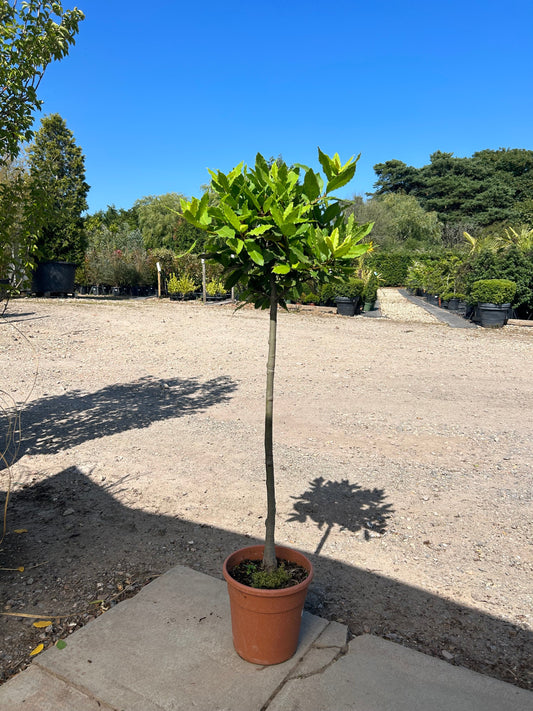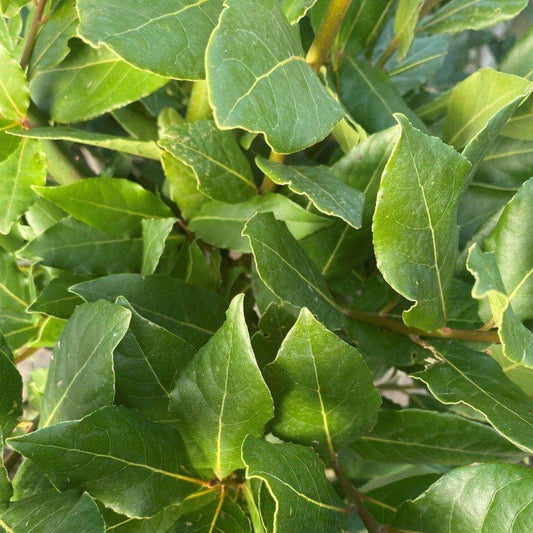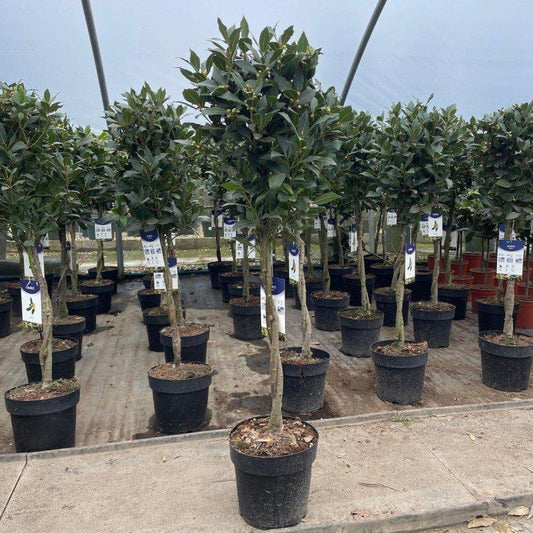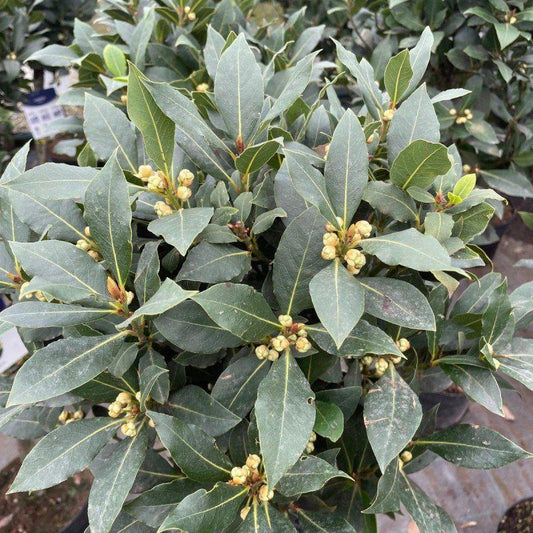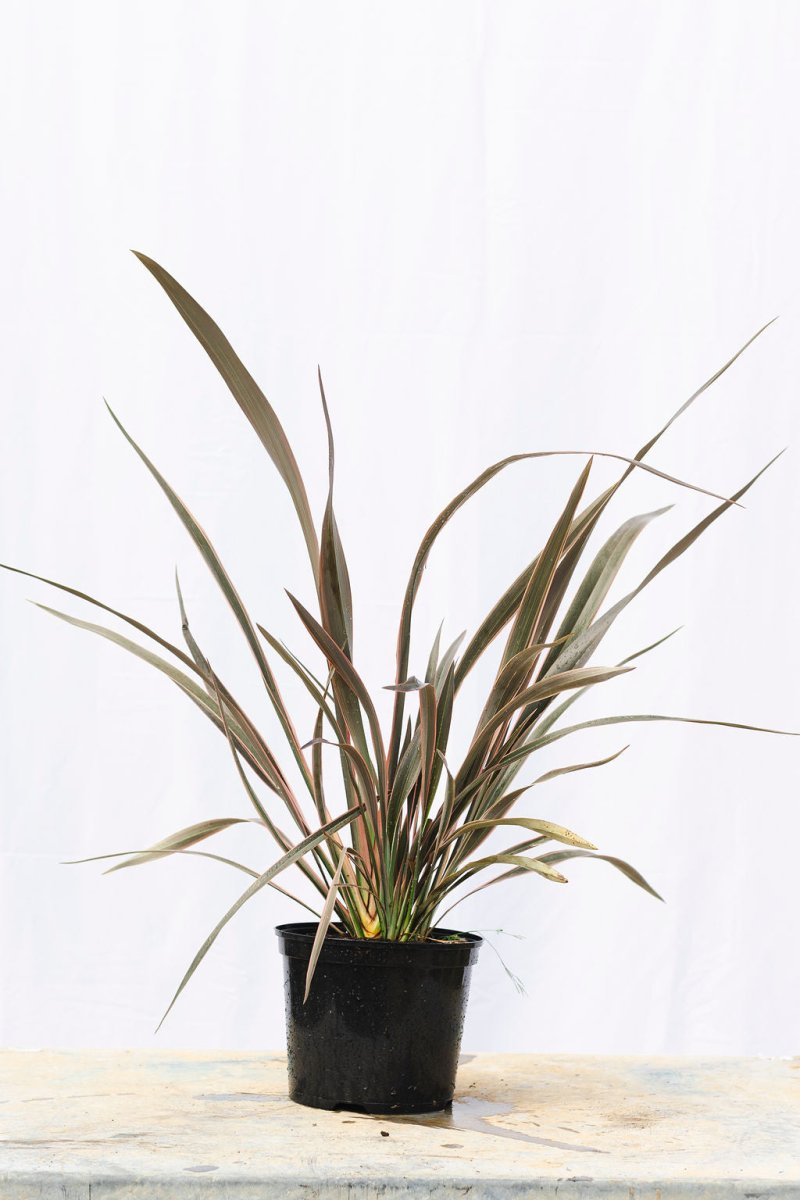Introduction
Phormiums, often known as New Zealand flax, are a captivating genus of plants that have a rich history and diverse applications. These plants, native to New Zealand and Norfolk Island, are not only aesthetically pleasing but also have significant economic value.
History and Origin
The genus Phormium was established by German naturalists Johann Reinhold Forster and his son Georg Forster in 1775. These plants were discovered during the second expedition of Captain James Cook. Interestingly, the name "Phormium" is derived from Ancient Greek, meaning "basket".
Taxonomy
Phormiums belong to the family Asphodelaceae and are closely related to daylilies. They were formerly classified under the family Agavaceae. This genus comprises two primary species and several cultivars.
Species Overview
- Phormium colensoi: Found in both the South and North Islands of New Zealand.
- Phormium tenax: Native to New Zealand and Norfolk Island.
Description and Ecology
Phormiums are herbaceous perennial monocots with tough, sword-shaped leaves that can grow up to 3 meters long. The leaves can range from dark green to various shades like pink and russet bronze. The flower stalks are rigid and can extend up to 5 meters, producing tube-like flowers that turn bright red upon maturity. These flowers are a rich source of nectar, attracting nectar-feeding birds and insects.
Distribution and Habitat
While Phormium tenax is found in both New Zealand and Norfolk Island, Phormium colensoi is exclusive to New Zealand. These plants are primarily found in swamps or low-lying areas but can adapt to various habitats.
Cultivation
The two primary species of Phormiums can interbreed, leading to a plethora of regional variations. In recent years, the number of Phormium cultivars available commercially has surged. Some of the renowned cultivars include Phormium 'Yellow Wave', Phormium 'Sundowner', and Phormium tenax 'Variegatum'. For a comprehensive list of Phormium cultivars and their care, you can visit the Royal Horticultural Society's website and Web Garden Centre.
Uses
Phormiums produce long leaf fibers that have played a pivotal role in New Zealand's culture, history, and economy. These plants have been distributed globally, both for their economic fiber and as ornamental plants.
Conclusion
Phormiums are a testament to nature's beauty and utility. Their rich history, diverse applications, and captivating appearance make them a valuable addition to gardens and landscapes worldwide.
FAQs
-
What are the primary species of Phormiums?
- The two main species are Phormium colensoi and Phormium tenax.
-
Where are Phormiums native to?
- They are native to New Zealand and Norfolk Island.
-
Why are Phormiums called New Zealand flax?
- They are widely known in New Zealand as flax due to their long leaf fibers.
-
Can Phormiums be cultivated outside New Zealand?
- Yes, they have been distributed to temperate regions globally for both economic and ornamental purposes.
-
What makes Phormium flowers unique?
- Their tube-like flowers produce a large amount of nectar, attracting various nectar-feeding birds and insects.


